Home>Maintenance & Safety>Safety Equipment & Products>How To Childproof A Deadbolt Lock
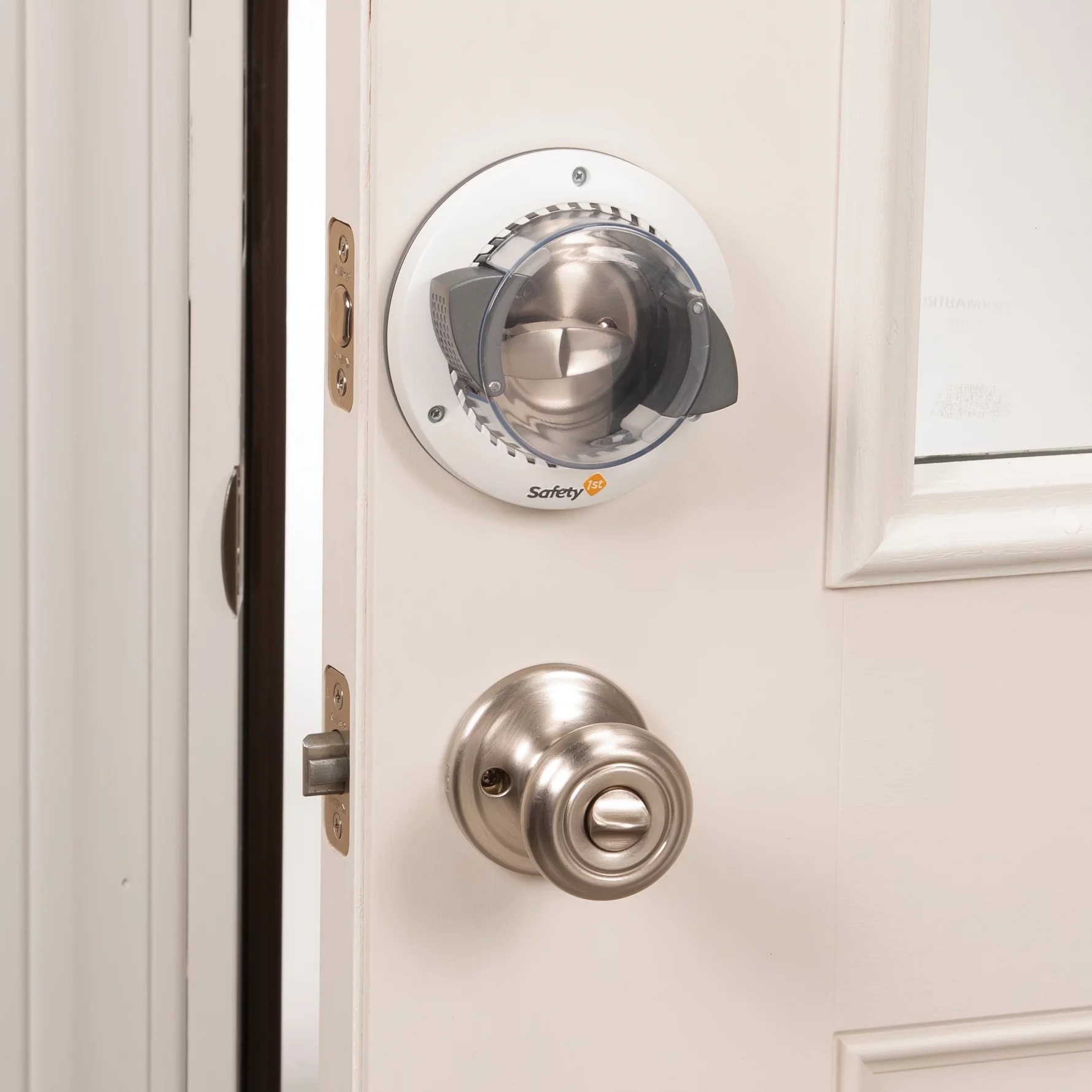

Safety Equipment & Products
How To Childproof A Deadbolt Lock
Modified: April 23, 2024
Learn how to childproof a deadbolt lock for enhanced safety with our top-rated safety equipment and products. Keep your little ones safe and secure at home.
(Many of the links in this article redirect to a specific reviewed product. Your purchase of these products through affiliate links helps to generate commission for Storables.com, at no extra cost. Learn more)
Introduction
Child safety is a top priority for every parent or guardian. As children grow and become more curious, it's essential to ensure that potential hazards in the home are properly addressed. Deadbolt locks, while crucial for home security, can pose a risk to children if not appropriately childproofed. In this comprehensive guide, we will explore effective methods to childproof a deadbolt lock, providing peace of mind for parents and caregivers. Understanding the functionality of deadbolt locks and implementing the right childproofing measures is key to maintaining a safe and secure home environment for the entire family. Let's delve into the world of deadbolt lock childproofing and discover practical solutions to keep little ones safe from potential accidents and injuries.
Key Takeaways:
- Childproofing a deadbolt lock involves installing covers or using specialized locks to prevent young children from accessing or tampering with the lock, ensuring their safety without compromising home security.
- In addition to childproofing deadbolt locks, parents can secure their homes by installing window locks, anchoring furniture, using safety gates, and managing electrical cords to create a safe environment for young children.
Read more: How To Install A Deadbolt Lock On A Door
Understanding Deadbolt Locks
Deadbolt locks are a fundamental component of home security, providing an additional layer of protection beyond traditional locking mechanisms. Unlike spring bolt locks, which are susceptible to forced entry, deadbolts offer enhanced resistance to unauthorized access. These locks are typically operated by a key or thumbturn, securing the door to the frame and making it significantly more challenging for intruders to bypass.
There are two primary types of deadbolt locks: single cylinder and double cylinder. Single cylinder deadbolts are the most common and feature a key cylinder on the outside and a thumbturn on the inside. Double cylinder deadbolts, on the other hand, require a key for operation from both the interior and exterior sides of the door. While both types provide robust security, it’s important to consider the potential safety concerns associated with double cylinder deadbolts, especially in homes with young children.
When it comes to child safety, the presence of a thumbturn on single cylinder deadbolts introduces the risk of young children inadvertently unlocking the door and wandering outside unsupervised. Additionally, the accessibility of the thumbturn may tempt curious children to play with the lock, potentially causing damage or compromising its functionality. As such, it’s crucial for parents and caregivers to implement effective childproofing measures to mitigate these risks without compromising the lock’s security features.
By gaining a deeper understanding of how deadbolt locks operate and the potential safety implications they pose, individuals can make informed decisions regarding the most suitable childproofing methods for their specific needs. In the following sections, we will explore common childproofing techniques, such as installing deadbolt lock covers and utilizing childproof lock options, to safeguard against potential hazards and promote a secure home environment for families with young children.
Common Childproofing Methods
Childproofing a deadbolt lock involves implementing various strategies to prevent young children from accessing or tampering with the lock while maintaining its intended functionality for adults. One of the most straightforward approaches is to educate children about the potential dangers associated with unlocking or tampering with the deadbolt lock. By explaining the purpose of the lock and emphasizing that it should only be operated by adults, parents can instill a sense of responsibility and awareness in their children.
Another common childproofing method involves utilizing door knob covers or locks. These devices are designed to fit over the door knob, making it challenging for young children to grip and turn the knob to open the door. While door knob covers are effective for standard locking mechanisms, additional measures are necessary to secure deadbolt locks, which are typically located above the door knob and operate independently.
For deadbolt locks, a popular childproofing solution is the installation of deadbolt lock covers. These covers are specifically designed to encase the entire deadbolt mechanism, rendering it inaccessible to young children. By preventing direct contact with the lock, these covers effectively mitigate the risk of children inadvertently unlocking the door or engaging in potentially hazardous interactions with the lock.
Furthermore, parents and caregivers can explore the option of utilizing childproof deadbolt locks, which are engineered with built-in safety features to prevent unauthorized operation by young children. These specialized locks often incorporate mechanisms that require dexterity or coordination beyond the capability of most young children, offering peace of mind for parents while maintaining the desired level of security for the home.
While these childproofing methods are effective in mitigating the risks associated with deadbolt locks, it’s important to approach child safety comprehensively. This includes implementing additional measures such as installing window locks, securing furniture to prevent tipping, and utilizing safety gates to restrict access to potentially hazardous areas within the home. By adopting a holistic approach to childproofing, parents and caregivers can create a secure and nurturing environment that promotes the well-being of their children.
Installing a Deadbolt Lock Cover
When it comes to childproofing a deadbolt lock, installing a deadbolt lock cover is a highly effective and practical solution. These covers are specifically designed to encase the entire deadbolt mechanism, preventing young children from accessing or manipulating the lock while allowing adults to operate it with ease. The installation process for deadbolt lock covers is relatively straightforward, making it accessible for homeowners seeking to enhance the safety of their living spaces.
To install a deadbolt lock cover, begin by selecting a high-quality cover that is compatible with the specific type of deadbolt lock installed on the door. It’s essential to choose a cover that offers a secure fit and robust protection, ensuring that it effectively prevents tampering or unauthorized operation by young children. Once the appropriate cover is obtained, follow these general steps to complete the installation:
- 1. Prepare the Area: Before installing the cover, ensure that the surface around the deadbolt lock is clean and free of any obstructions. Remove any existing hardware or accessories that may interfere with the installation process.
- 2. Position the Cover: Place the cover over the deadbolt lock, ensuring that it aligns properly with the lock mechanism and the surrounding door surface. Check for any gaps or misalignments that may compromise the cover’s effectiveness.
- 3. Secure the Cover: Depending on the specific design of the cover, use the provided fasteners or mounting hardware to secure it in place. Follow the manufacturer’s instructions to ensure a secure and reliable attachment that withstands attempts to remove or bypass the cover.
- 4. Test the Operation: Once the cover is securely installed, test the functionality of the deadbolt lock to ensure that it operates smoothly and without any obstructions. Verify that the cover does not impede the key or thumbturn, allowing adults to unlock and lock the door with ease.
By following these steps, homeowners can effectively install a deadbolt lock cover to childproof their deadbolt locks, providing an added layer of security and peace of mind. It’s important to periodically inspect the cover to ensure that it remains securely in place and continues to fulfill its intended purpose of safeguarding against unauthorized access by young children.
With the deadbolt lock cover properly installed, parents and caregivers can confidently manage the security of their homes while minimizing the potential risks associated with young children interacting with the deadbolt lock. This proactive approach to childproofing contributes to a safe and nurturing environment, allowing families to enjoy peace of mind without compromising the functionality of their home security measures.
Consider installing a deadbolt lock cover or guard to prevent young children from being able to unlock the door. These covers can be easily installed and provide an extra layer of security to childproof the lock.
Using Childproof Deadbolt Locks
When it comes to enhancing child safety in homes with deadbolt locks, utilizing childproof deadbolt locks offers a proactive and reliable solution. These specialized locks are specifically designed to prevent unauthorized operation by young children while maintaining the intended security features for adults. By incorporating innovative mechanisms and safety enhancements, childproof deadbolt locks provide peace of mind for parents and caregivers, ensuring that their homes remain secure and free from potential hazards.
Childproof deadbolt locks often feature intricate designs that require advanced dexterity or coordination to operate, effectively deterring young children from unlocking the door without supervision. These locks may incorporate mechanisms such as dual-action levers, complex key turns, or integrated safety buttons, making it challenging for young children to manipulate the lock while remaining accessible to adults in case of emergencies or routine entry and exit.
When selecting childproof deadbolt locks, it’s essential to consider the specific needs and preferences of the household. Factors to consider include ease of use for adults, compatibility with existing door hardware, and the overall level of security provided by the lock. Additionally, homeowners should prioritize locks that have been tested and certified for compliance with industry standards, ensuring that they meet stringent safety and quality requirements.
Installing childproof deadbolt locks is a strategic investment in home security and child safety. By replacing standard deadbolt locks with childproof alternatives, parents and caregivers can effectively mitigate the risks associated with young children inadvertently unlocking doors and accessing potentially hazardous areas. Additionally, integrating childproof deadbolt locks into the home security strategy demonstrates a proactive commitment to safeguarding the well-being of the entire family.
As with any security enhancement, it’s crucial to familiarize all household members with the operation and features of the childproof deadbolt locks. This includes educating children about the purpose of the locks and emphasizing the importance of seeking adult assistance when entering or exiting the home. By promoting awareness and understanding of the childproof locks, families can cultivate a secure and harmonious living environment that prioritizes safety without compromising convenience.
By utilizing childproof deadbolt locks, parents and caregivers can confidently address the potential safety concerns associated with traditional deadbolt locks, creating a home environment that is both secure and conducive to the well-being of young children. This proactive approach to childproofing contributes to a sense of reassurance and tranquility, allowing families to thrive in a space that prioritizes safety and security.
Read more: What Is A Deadbolt Door Lock
Other Childproofing Tips
Childproofing a home extends beyond addressing specific elements such as deadbolt locks, encompassing a comprehensive approach to creating a safe and nurturing environment for young children. In addition to implementing measures directly related to deadbolt locks, there are several additional childproofing tips that parents and caregivers can consider to enhance the overall safety of their living spaces.
- 1. Window Locks and Guards: Install window locks and guards to prevent young children from opening windows unsupervised. This helps minimize the risk of falls and ensures that windows remain secure while allowing for ventilation.
- 2. Furniture Anchors: Secure heavy furniture, such as bookshelves and dressers, to the wall to prevent tipping. This precaution reduces the risk of furniture-related accidents, particularly in areas where young children spend time playing or exploring.
- 3. Safety Gates: Use safety gates to restrict access to stairways and other areas that may pose a hazard to young children. Safety gates provide a physical barrier, preventing unsupervised entry into potentially dangerous spaces within the home.
- 4. Electrical Outlet Covers: Install childproof outlet covers to prevent young children from inserting objects into electrical outlets. This simple yet effective measure reduces the risk of electrical accidents and promotes a safer living environment.
- 5. Cord Management: Keep window blind cords, electrical cords, and other potential strangulation hazards out of reach of young children. Utilize cord wind-ups or cord shorteners to minimize the risk of entanglement and injury.
- 6. Chemical Safety: Store household cleaning products, medications, and other potentially hazardous substances in locked cabinets or high shelves. This prevents accidental ingestion or exposure, safeguarding young children from the dangers of toxic substances.
By incorporating these additional childproofing tips into their homes, parents and caregivers can create a secure and nurturing environment that promotes the well-being of young children. These measures, when combined with specific strategies for childproofing deadbolt locks and other security features, contribute to a comprehensive approach to home safety that addresses a wide range of potential hazards.
It’s important for parents and caregivers to regularly assess the effectiveness of childproofing measures and make adjustments as children grow and develop. By staying proactive and attentive to potential safety concerns, families can enjoy peace of mind knowing that their living spaces are thoughtfully designed to prioritize the safety and security of young children.
Conclusion
Childproofing a deadbolt lock is a crucial aspect of creating a safe and secure home environment for families with young children. By understanding the functionality of deadbolt locks and implementing effective childproofing methods, parents and caregivers can mitigate potential risks while maintaining the desired level of security.
From educating children about the purpose of deadbolt locks to installing specialized covers and utilizing childproof lock options, there are diverse approaches to enhancing the safety of deadbolt locks within the home. Each method contributes to a comprehensive strategy that prioritizes child safety without compromising the fundamental security provided by deadbolt locks.
Moreover, integrating childproof deadbolt locks into the home security framework offers a proactive solution to address the potential safety concerns associated with traditional locks. These specialized locks not only deter unauthorized operation by young children but also provide peace of mind for adults, knowing that their homes remain secure and free from potential hazards.
Complementing childproofing measures related to deadbolt locks, additional tips such as installing window locks, securing furniture, and managing electrical cords contribute to a holistic approach to home safety. By considering a wide range of potential hazards and implementing proactive solutions, families can create an environment that promotes the well-being of young children while fostering a sense of reassurance and tranquility.
Ultimately, childproofing a deadbolt lock is a proactive and essential step in creating a secure and nurturing home environment. By embracing the principles of awareness, education, and strategic implementation of childproofing measures, families can enjoy the peace of mind that comes with knowing their living spaces are thoughtfully designed to prioritize the safety and security of their children.
With a commitment to ongoing vigilance and adaptation as children grow and develop, parents and caregivers can continue to refine their childproofing strategies, ensuring that their homes remain safe and supportive environments where children can thrive and explore with confidence.
Frequently Asked Questions about How To Childproof A Deadbolt Lock
Was this page helpful?
At Storables.com, we guarantee accurate and reliable information. Our content, validated by Expert Board Contributors, is crafted following stringent Editorial Policies. We're committed to providing you with well-researched, expert-backed insights for all your informational needs.
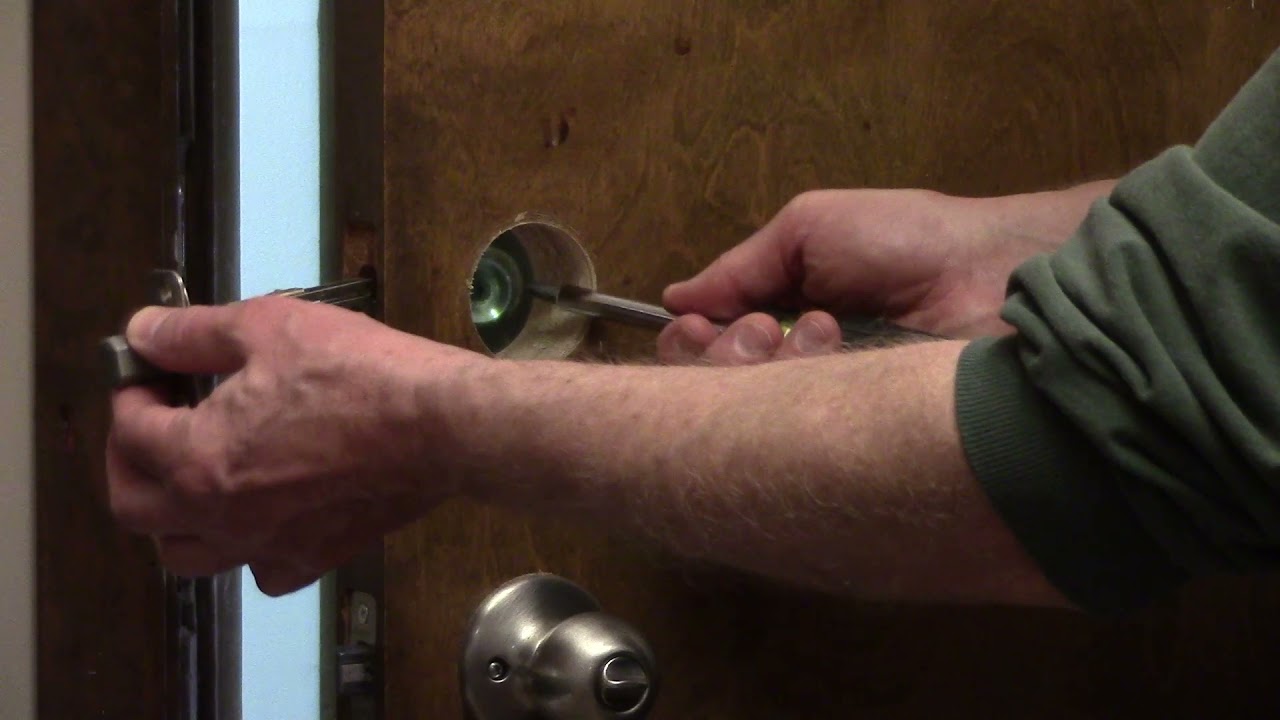
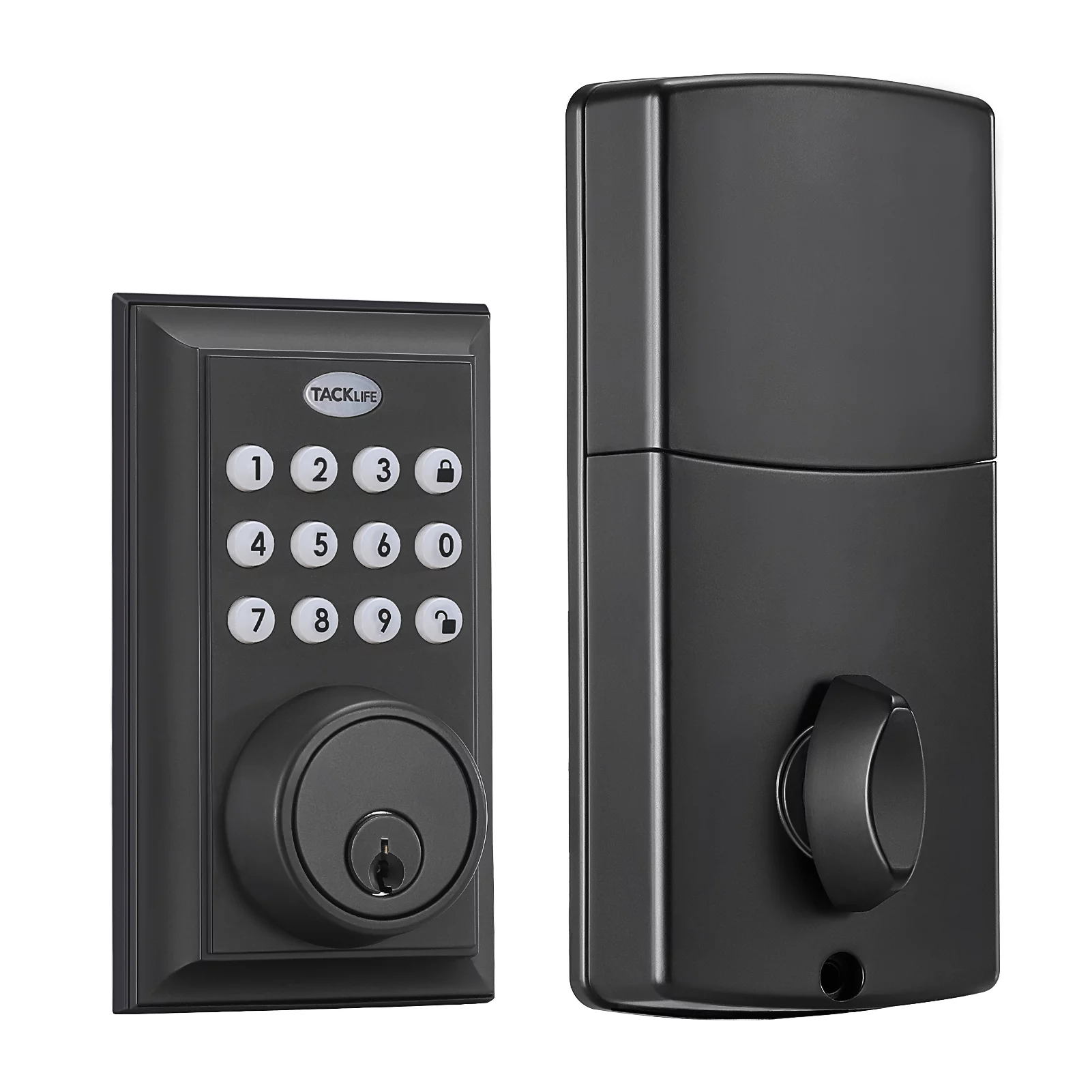
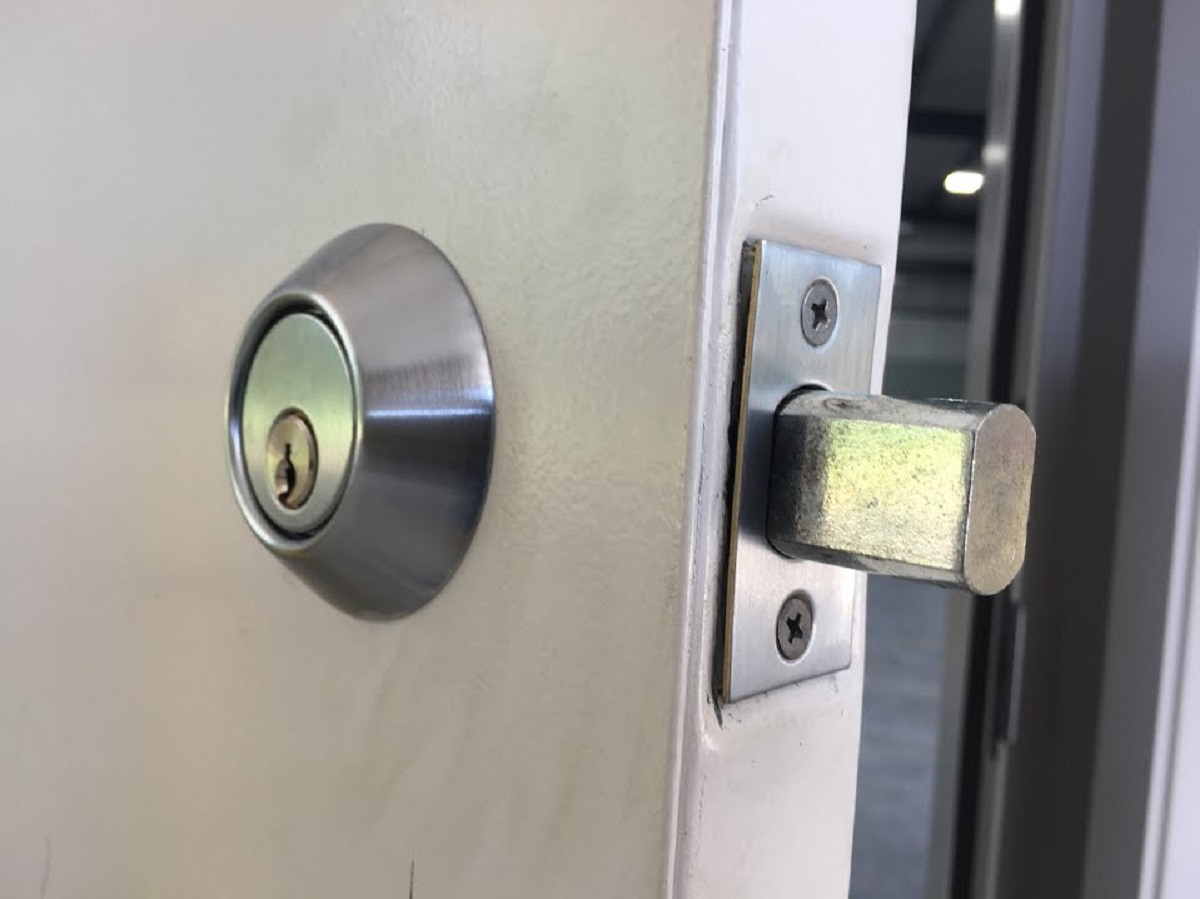
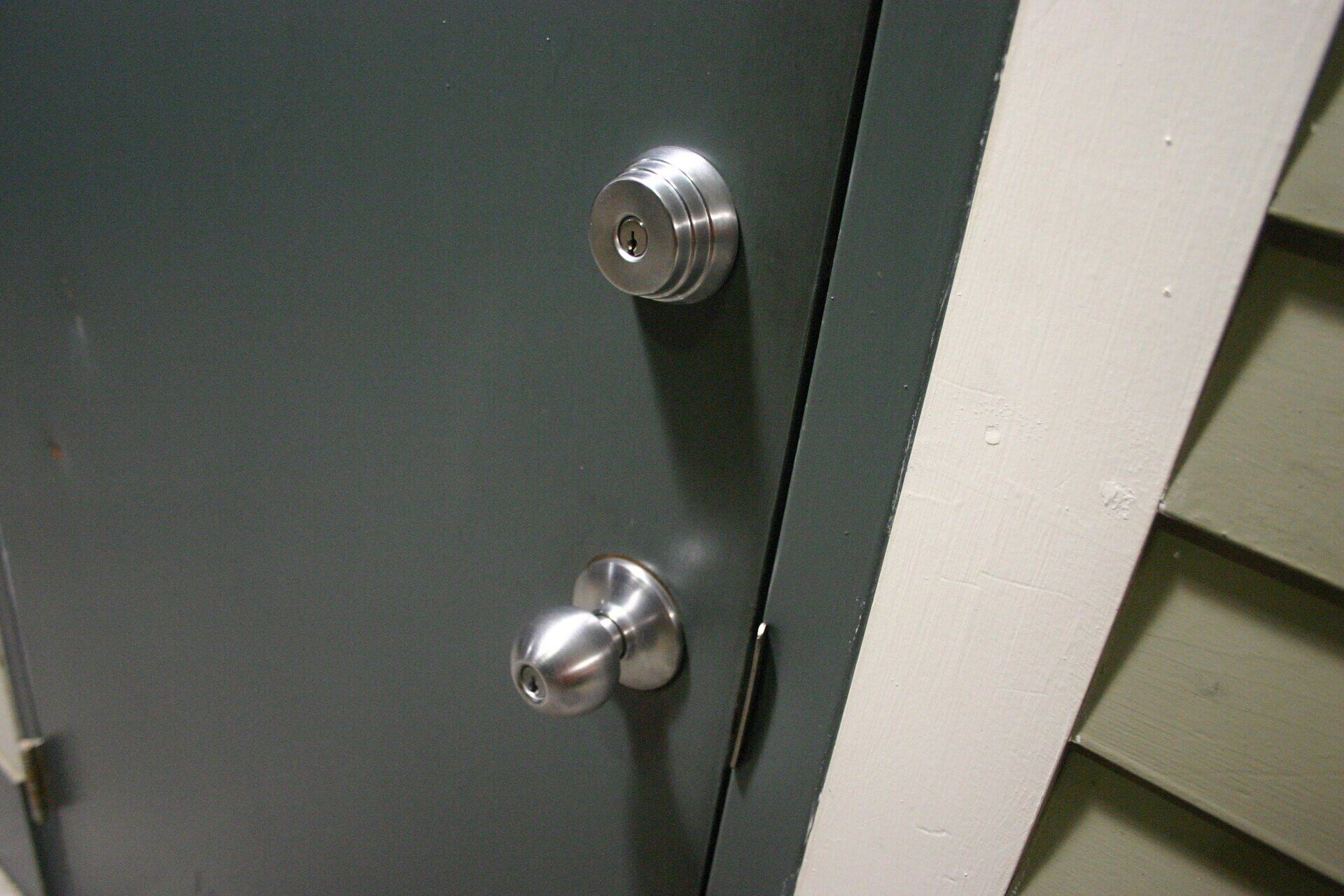
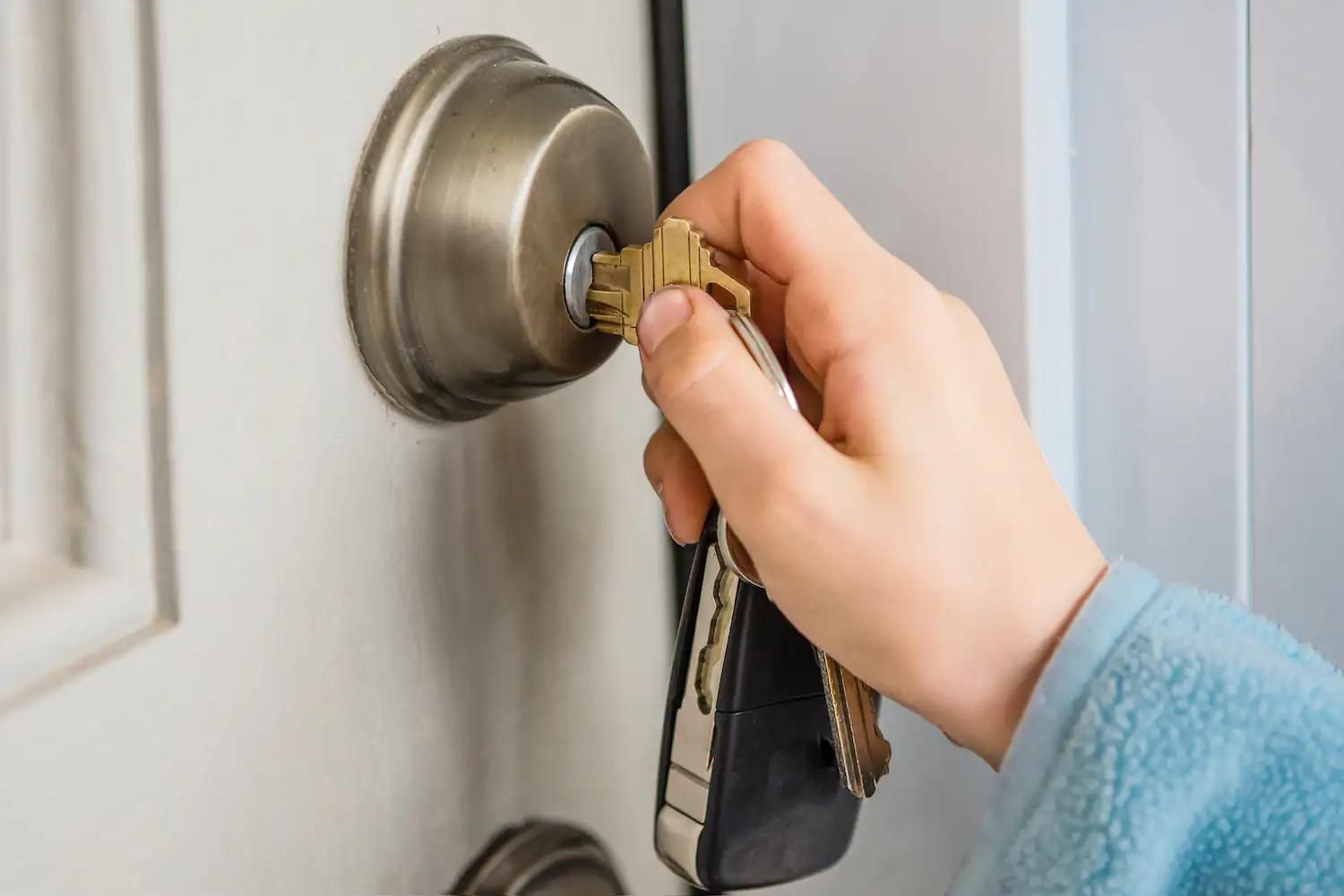
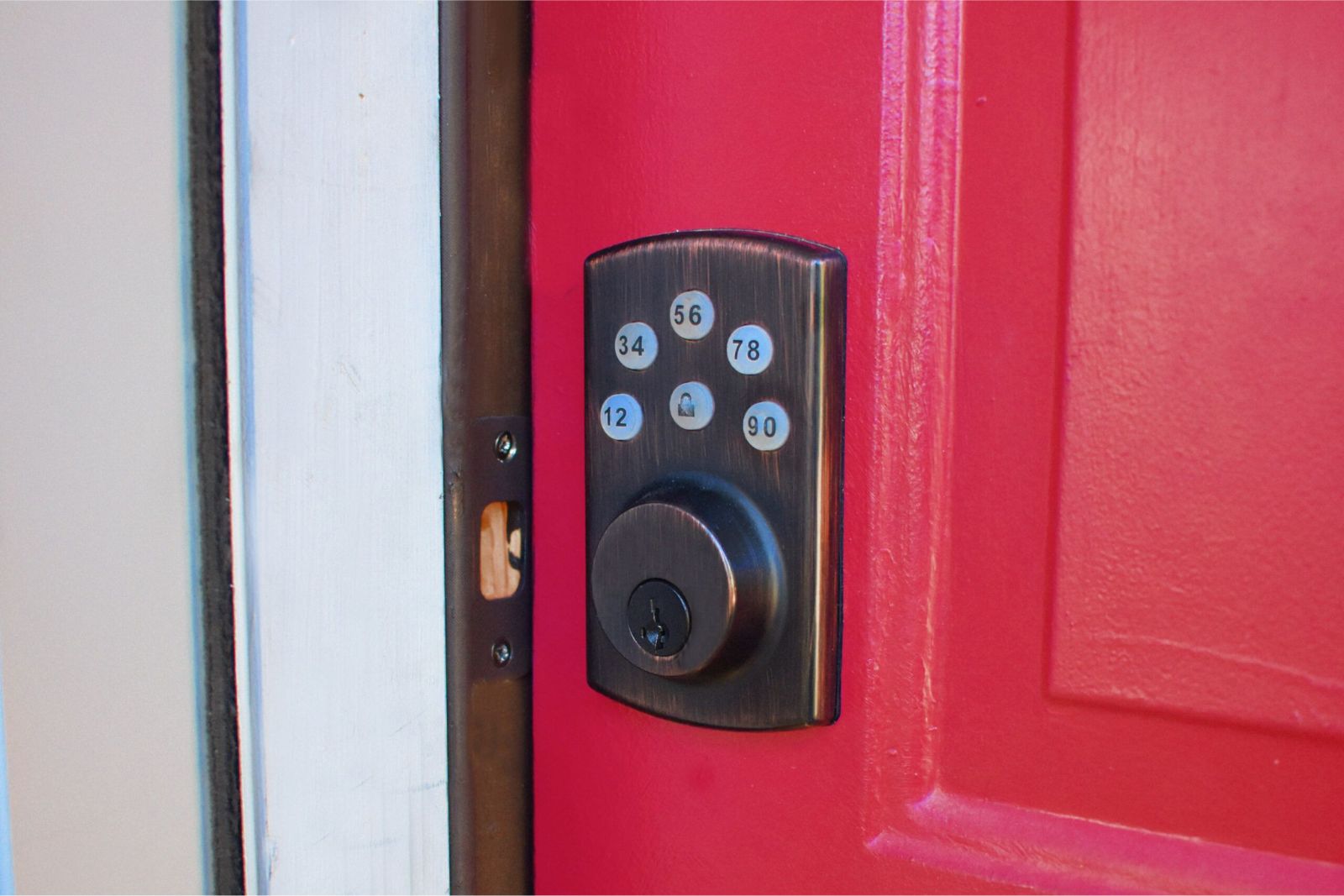
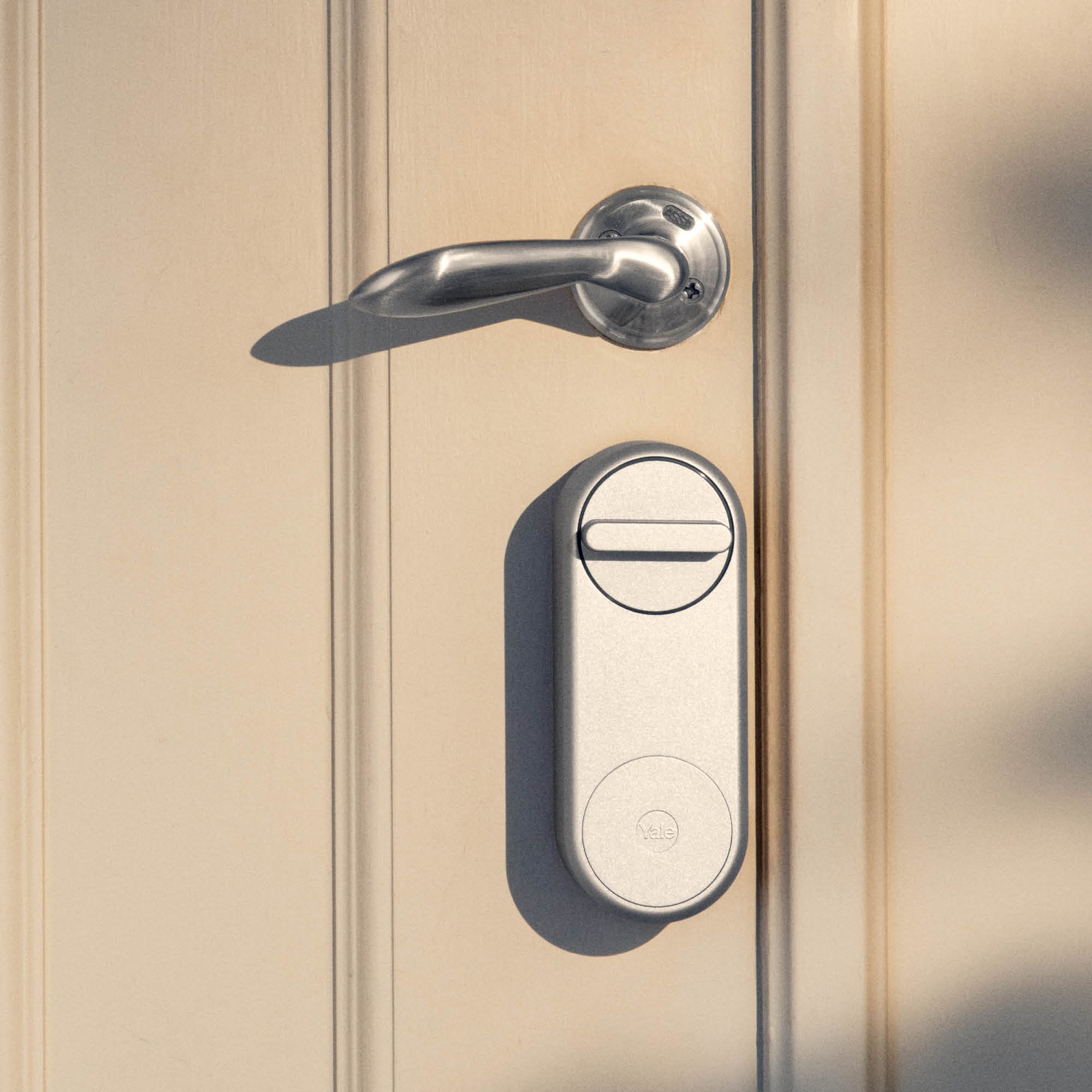
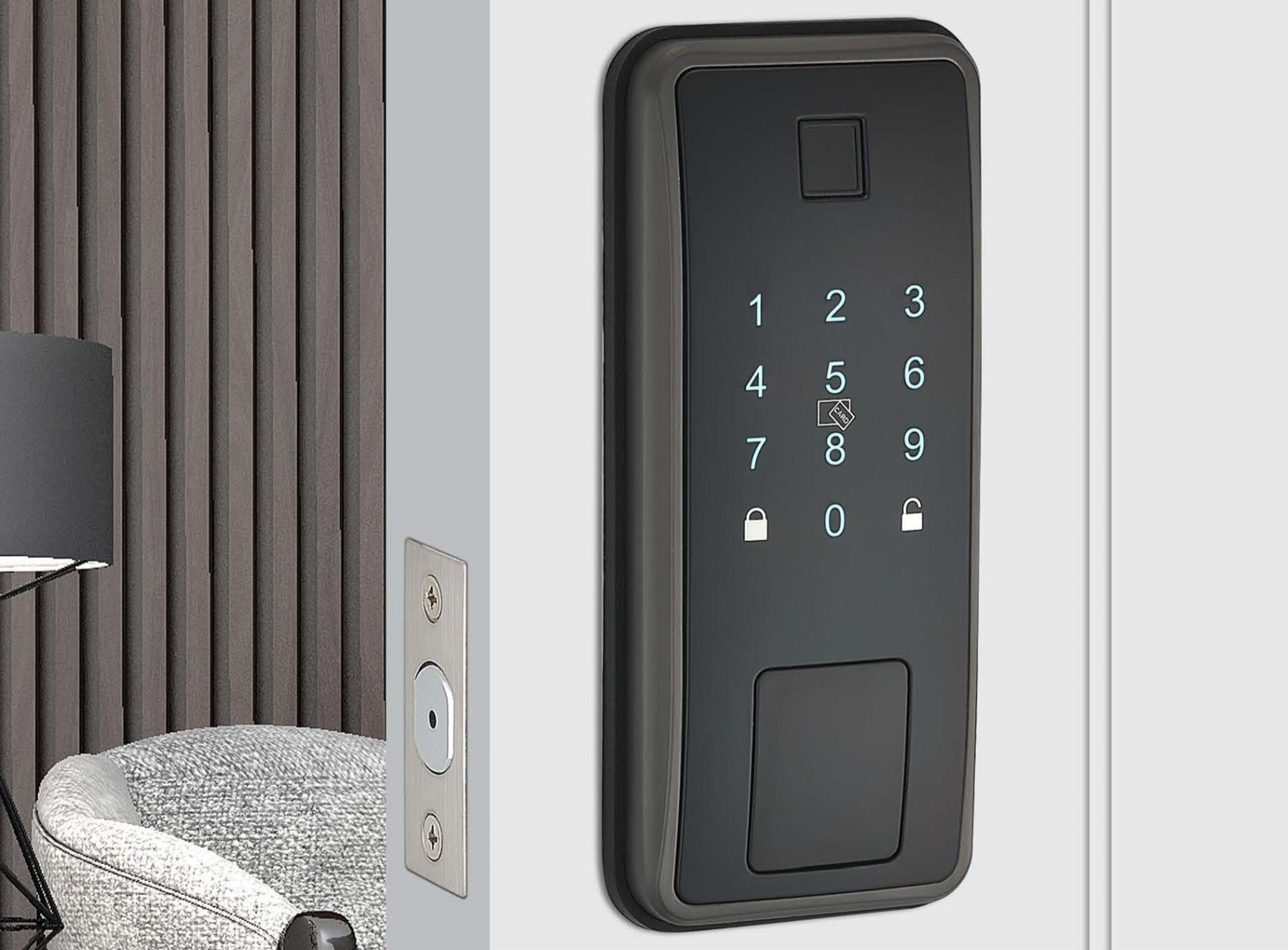
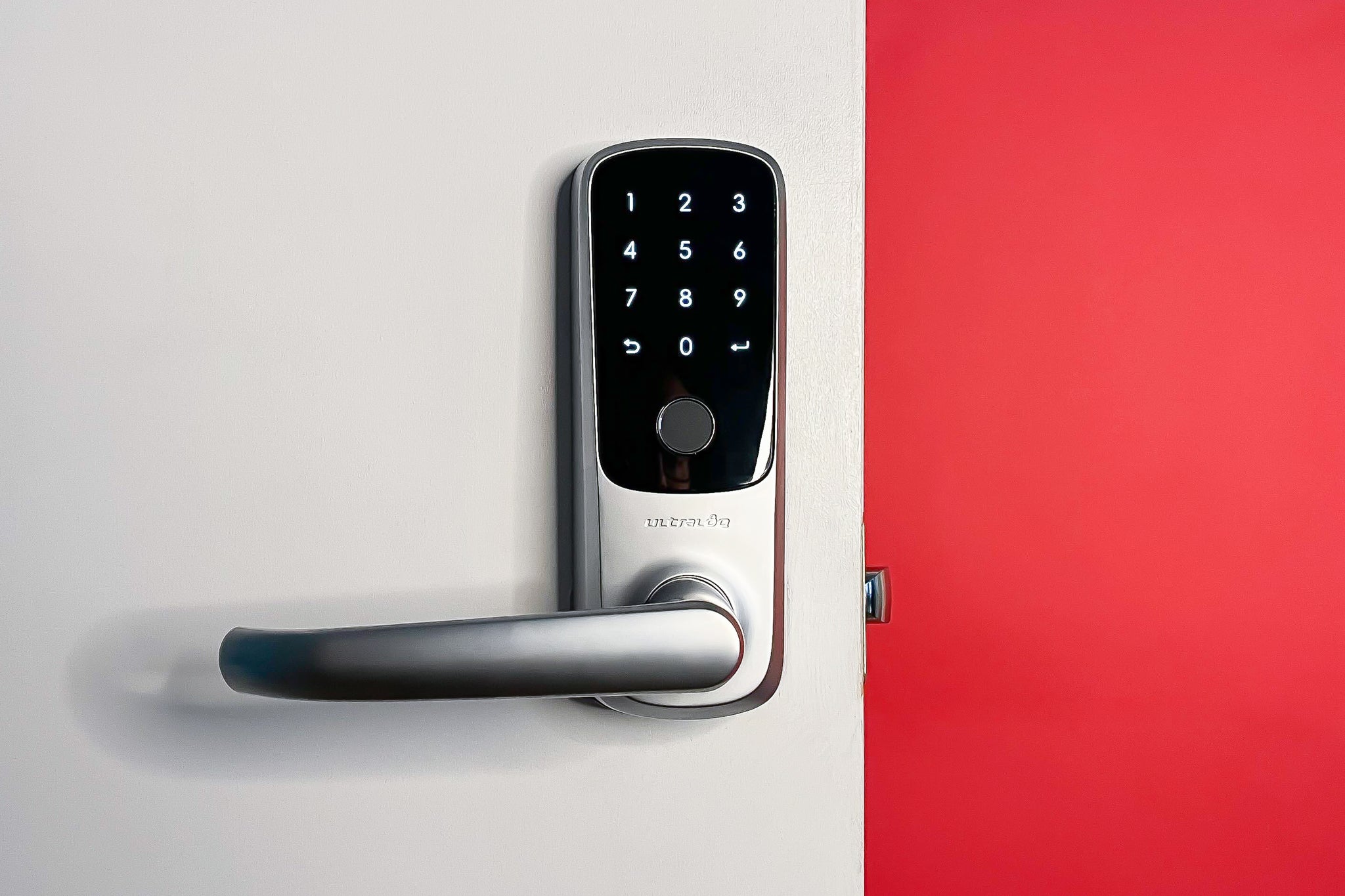
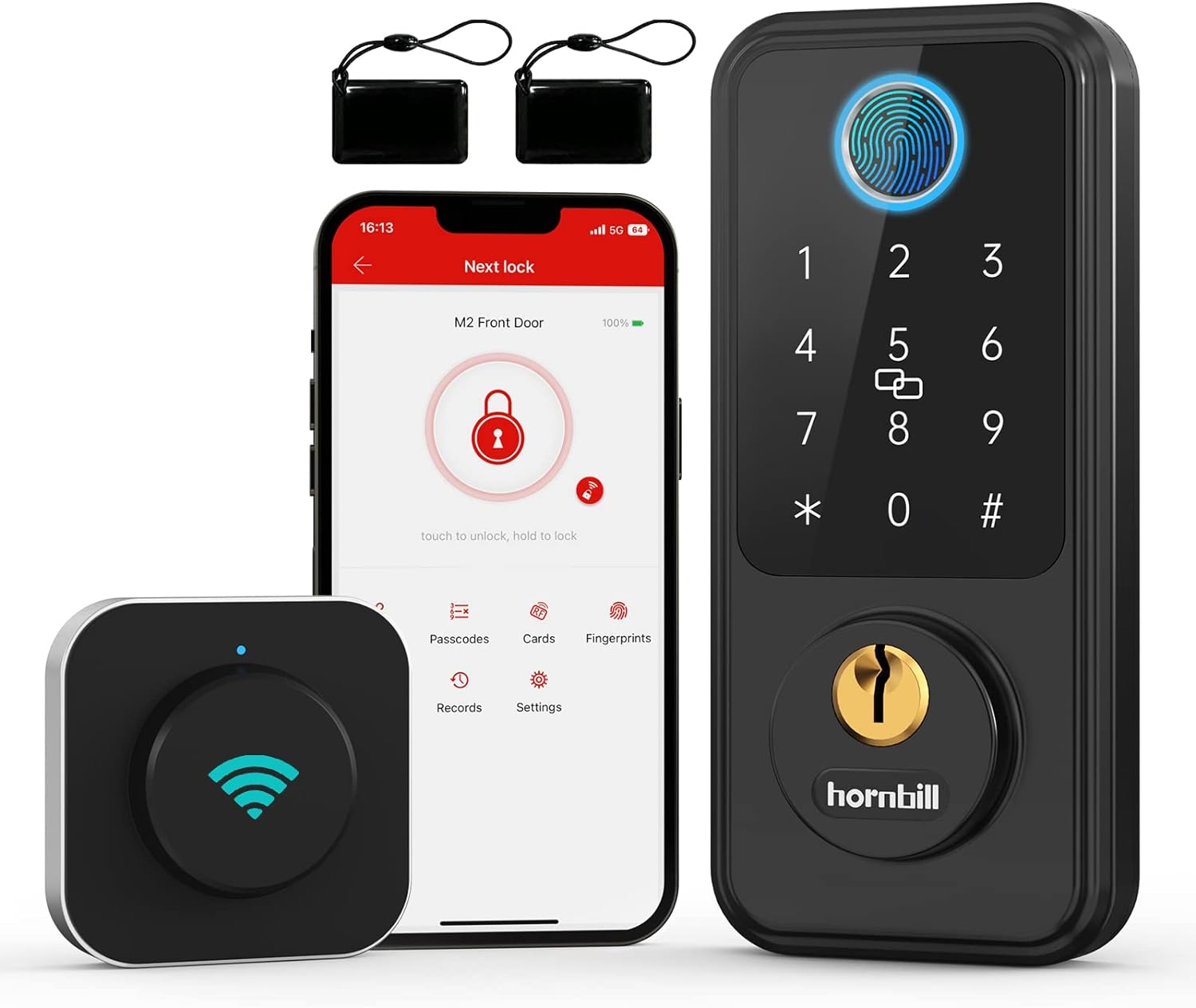
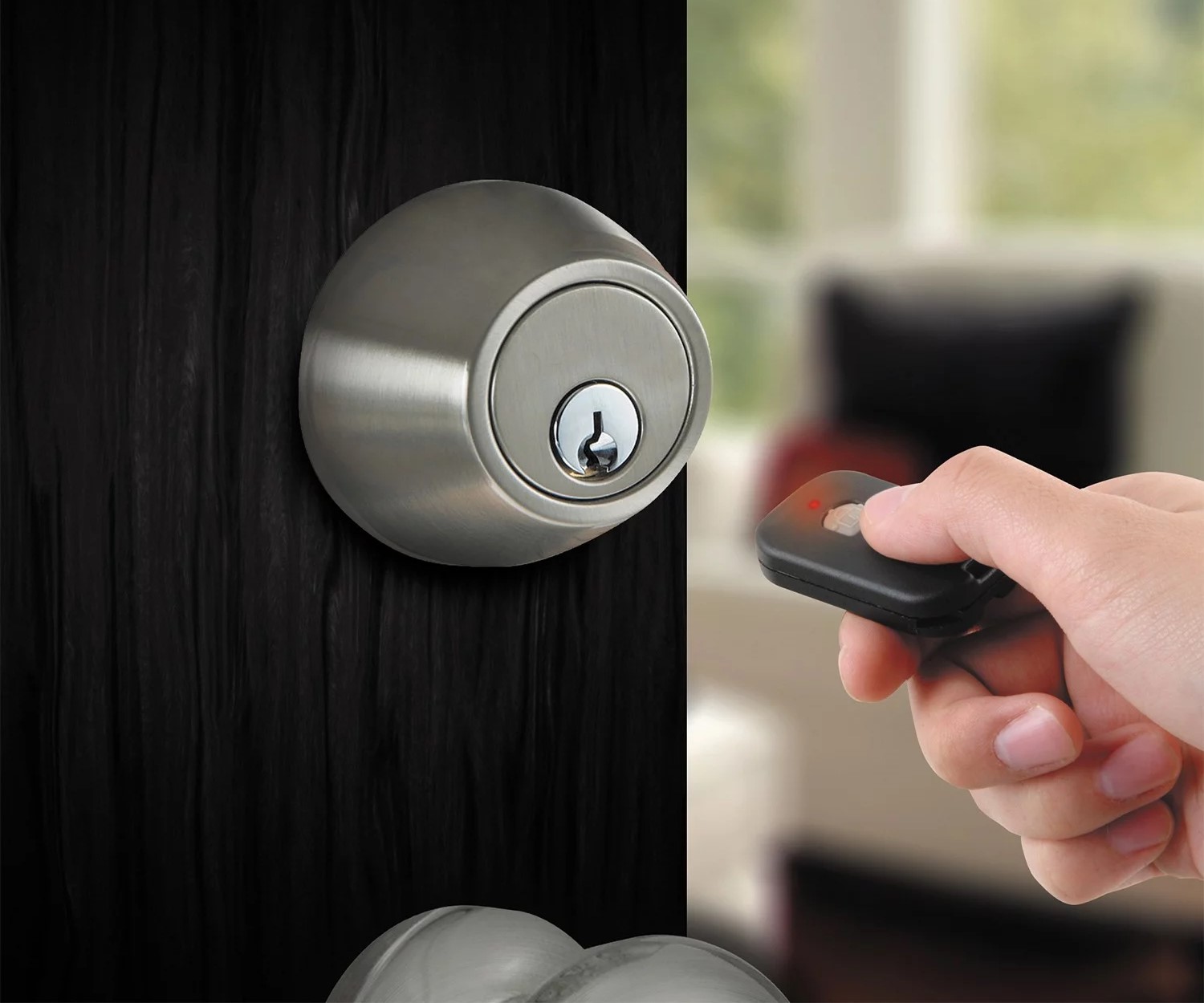
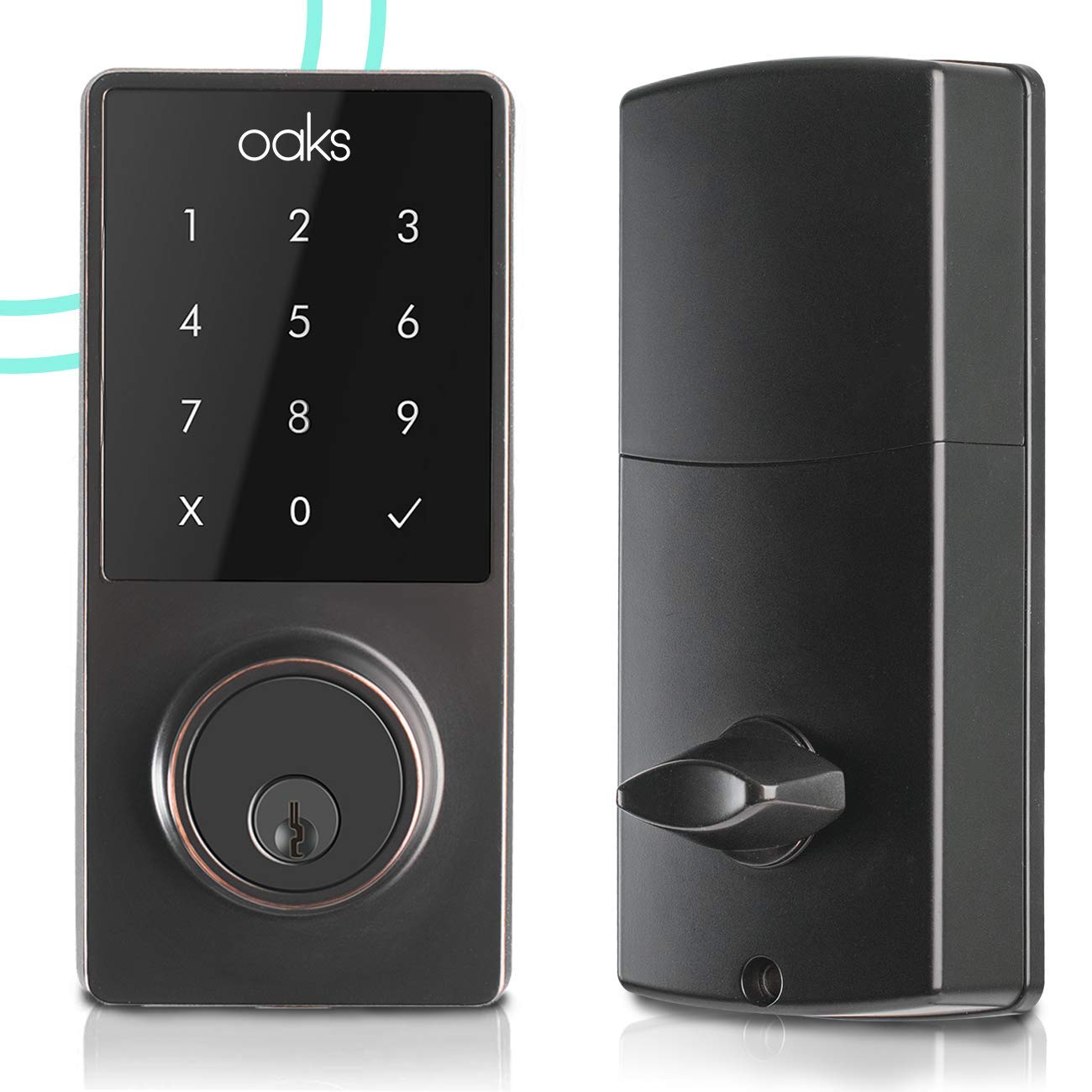
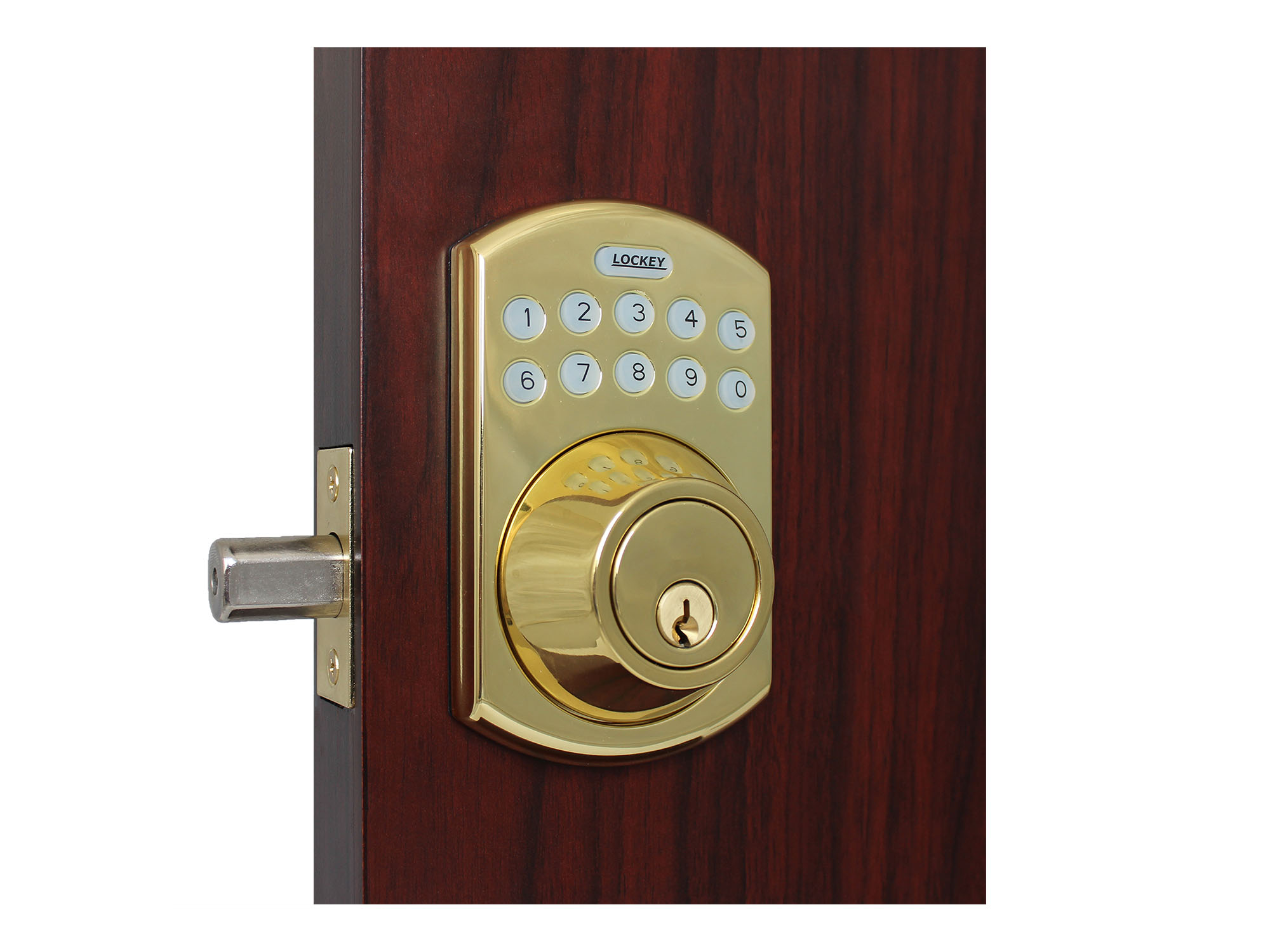
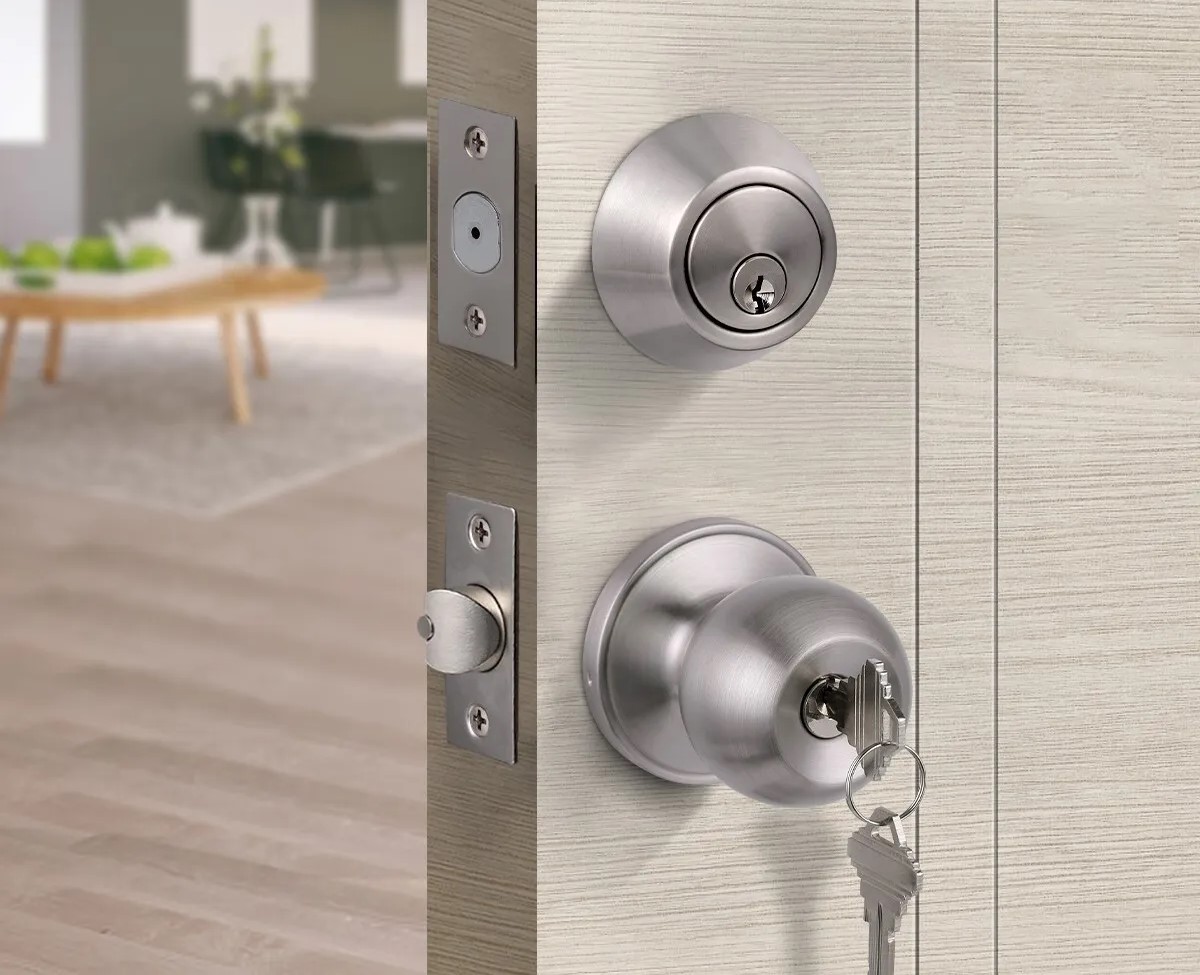

0 thoughts on “How To Childproof A Deadbolt Lock”